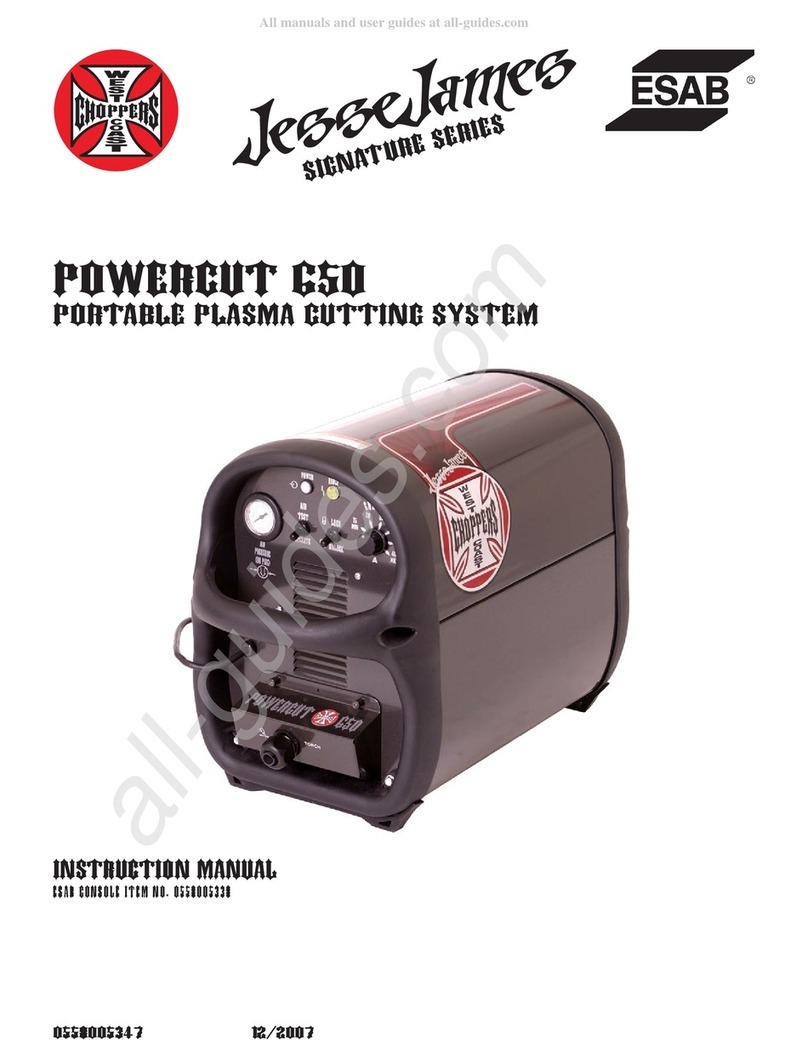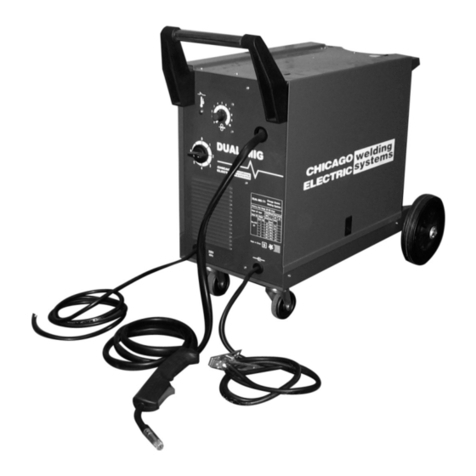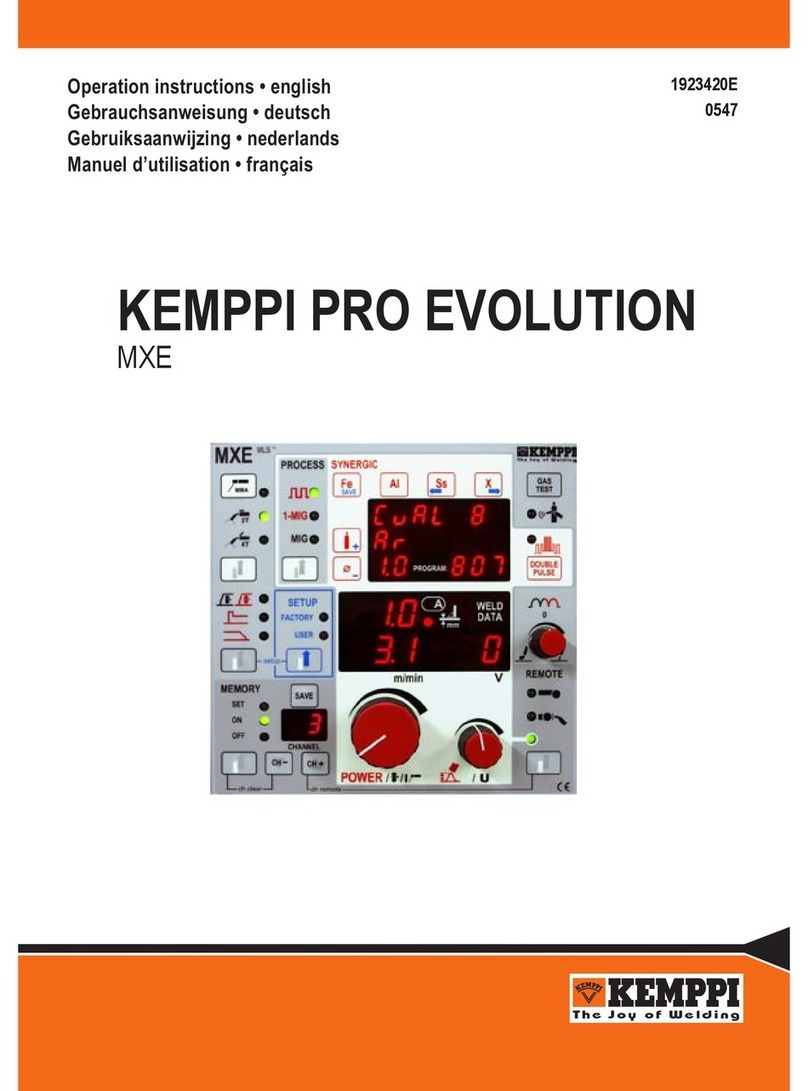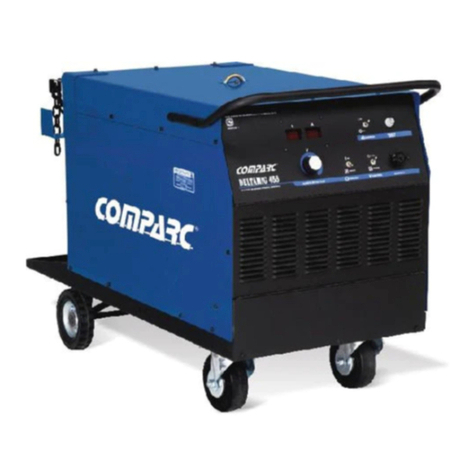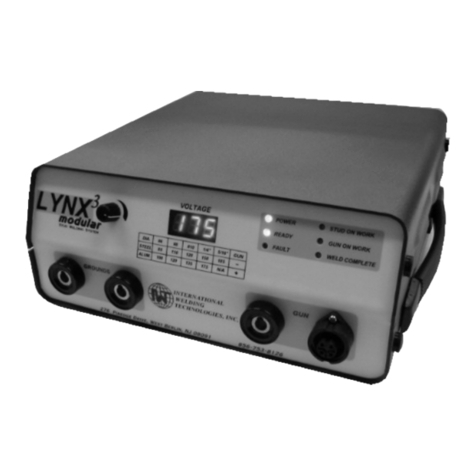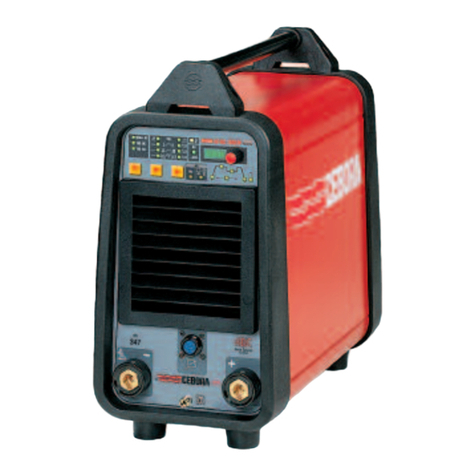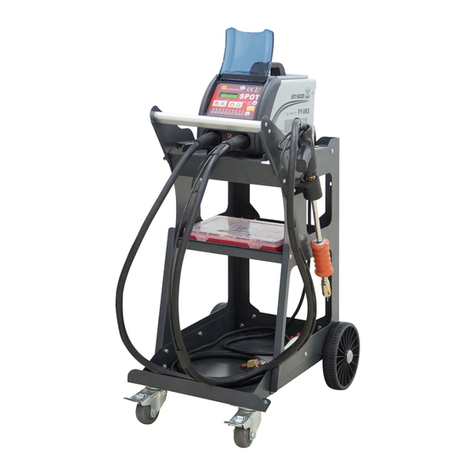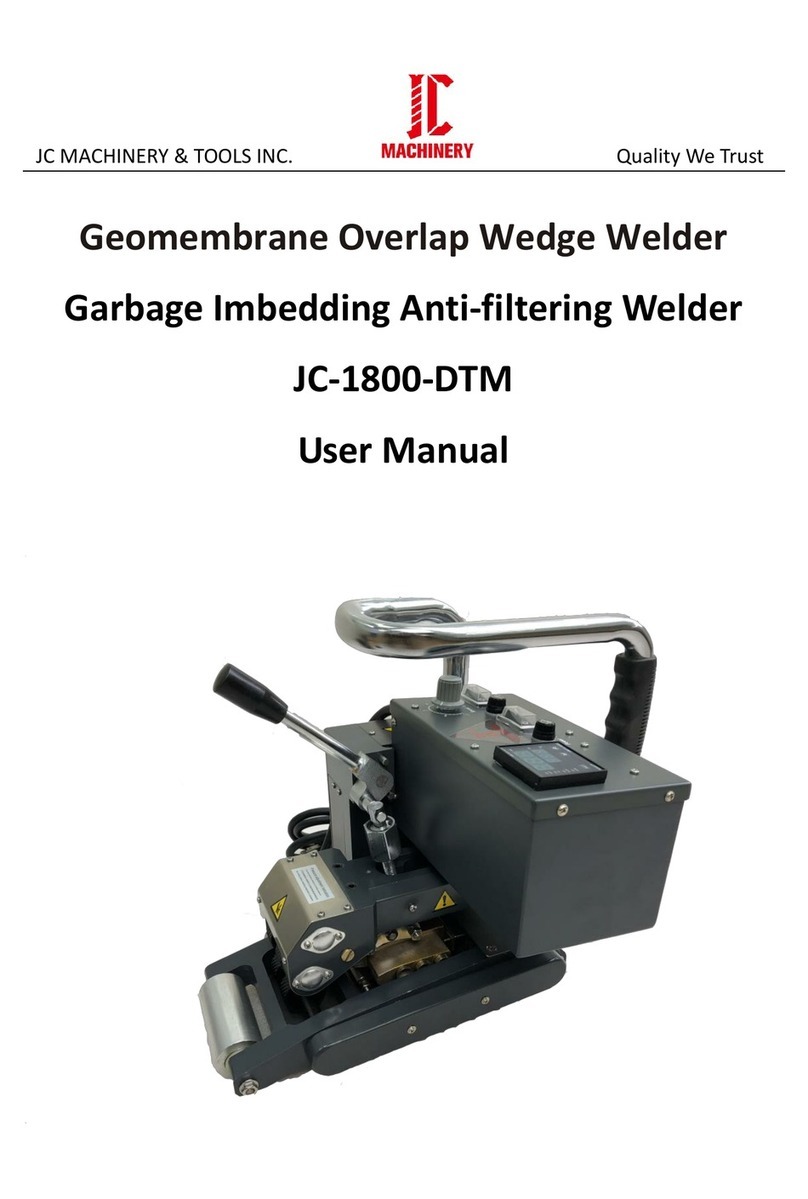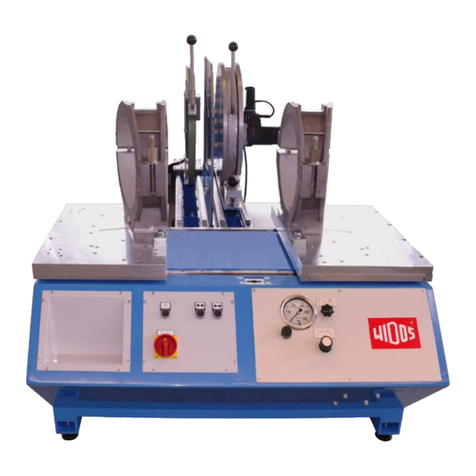
3
handled without gloves. First aid facilities and a qualified first aid
person should be available unless medical facilities are close by for
immediate treatment of flash burns of the eyes and skin burns. Ear
plugs should be worn when working overhead or in a confined space.
A hard hat should be worn when others work overhead. Flammable
hair preparations should not be used by persons intending to weld or
cut.
5.2.2 Toxic fume prevention
Severe discomfort, illness or death can result from fumes, vapours,
heat, or oxygen enrichment or depletion that welding (or cutting)
may produce. Prevent them with adequate ventilation. NEVER
ventilate with oxygen. Lead-, cadmium-, zinc-, mercury- and
beryllium-, bearing materials, when welded (or cut) may produce
harmful concentrations of toxic fumes. Adequate local exhaust
ventilation must be used, or each person in the area as well as the
operator must wear an air-supplied respirator. For beryllium, both
must be used. Metals coated with or containing materials that emit
toxic fumes should not be heated unless coating is removed from the
work surface, the area is well ventilated, or the operator wears an
air-supplied respirator. Work in a confined space only while it is being
ventilated and, if necessary, while wearing an air-supplied respirator.
Vapours from chlorinated solvents can be decomposed by the heat of
the arc (or flame) to form PHOSGENE, a highly toxic gas, and other
lung and eye irritating products. The ultraviolet (radiant) energy of
the arc can also decompose trichloroethylene and perchloroethylene
vapours to form phosgene. DO NOT WELD or cut where solvent
vapours can be drawn into the welding or cutting atmosphere or
where the radiant energy can penetrate to atmospheres containing
even minute amounts of trichloroethylene or perchloroethylene.
5.2.3 Fire and explosion prevention
Causes of fire and explosion are:
- Combustibles reached by the arc, flame, flying sparks, hot slag or
heated material;
- Misuse of compressed gases and cylinders;
- short circuits.
BE AWARE THAT flying sparks or falling slag can pass through cracks,
along pipes, through windows or doors, and through wall or floor
openings, out of sight of the goggled operator. Sparks and slag can fly
10M.
To prevent fires and explosion: keep equipment clean and operable,
free of oil, grease, and (in electrical parts) of metallic particles that
can cause short circuits. If combustibles are in area, do NOT weld or
cut. Move the work if practicable, to an area free of combustibles.
Avoid paint spray rooms, dip tanks, storage areas, ventilators. If the
work cannot be moved, move combustibles at least 10M, away out of
reach of sparks and heat; or protect against ignition with suitable and
snug fitting, fire- resistant covers or shields.
Walls, ceilings, and floor near work should be protected by heat
resistant covers or shields. Fire watcher must be standing by with
suitable fire extinguishing equipment during and for some time after
welding or cutting if:
- appreciable combustibles (including building construction) are
within 10m.
- appreciable combustibles are further than 10m but can be ignited
by sparks.
- openings (concealed or visible) in floors or walls within 10m can
expose combustibles to sparks.
d) combustibles adjacent to walls, ceilings, roofs or metal partitions
can beignited by radiant or conducted heat.
After work is done, check that area is free of sparks, glowing embers,
and flames. An empty container that held combustibles, or that can
produce flammable or toxic vapours when heated, must never be
welded on or cut, unless container has first been cleaned. This
includes.......a thorough steam or caustic cleaning (or a solvent or
water washing, depending on the combustible’s solubility) followed
by purging and inerting with nitrogen or carbon dioxide, and using
protective equipment.
Water filling just below working level may substitute for inerting.
A container with unknown contents should be cleaned (see
paragraph above), do NOT depend on sense of smell or sight to
determine if it is safe to weld or cut.
Hollow castings or containers must be vented before welding or
cutting - they can explode.
In explosive atmospheres, never weld or cut where the air may
contain flammable dust, gas, or liquid vapours.
5.3 Electric arc(MIG,TIG) welding
Comply with precautions in 1 above, and this section. Arc welding,
properly done, is a safe process, but a careless operator invites
trouble. The equipment carries high currents at significant voltages.
The arc is very bright and hot. Sparks fly, fumes rise, ultraviolet and
infrared energy radiates, weldments are hot. The wise operator
avoids unnecessary risks and protects himself and others from
accidents.
5.3.1 Burn protection
Comply with precautions in 2. The welding arc is intense and visibly
bright. Its radiation can damage eyes, penetrate lightweight clothing,
reflect from light coloured surfaces, and burn the skin and eyes. Skin
burns resemble acute sunburn, those from gas - shielded arcs are
more severe and painful.
DON’T GET BURNED! COMPLY WITH PRECAUTIONS!
a) Protective clothing
Wear long sleeved clothing (particularly for gas shielded arc) in
addition to gloves, apron and shoes (2A). As necessary, use additional
protective clothing such as leather jacket or sleeves, flameproof
















